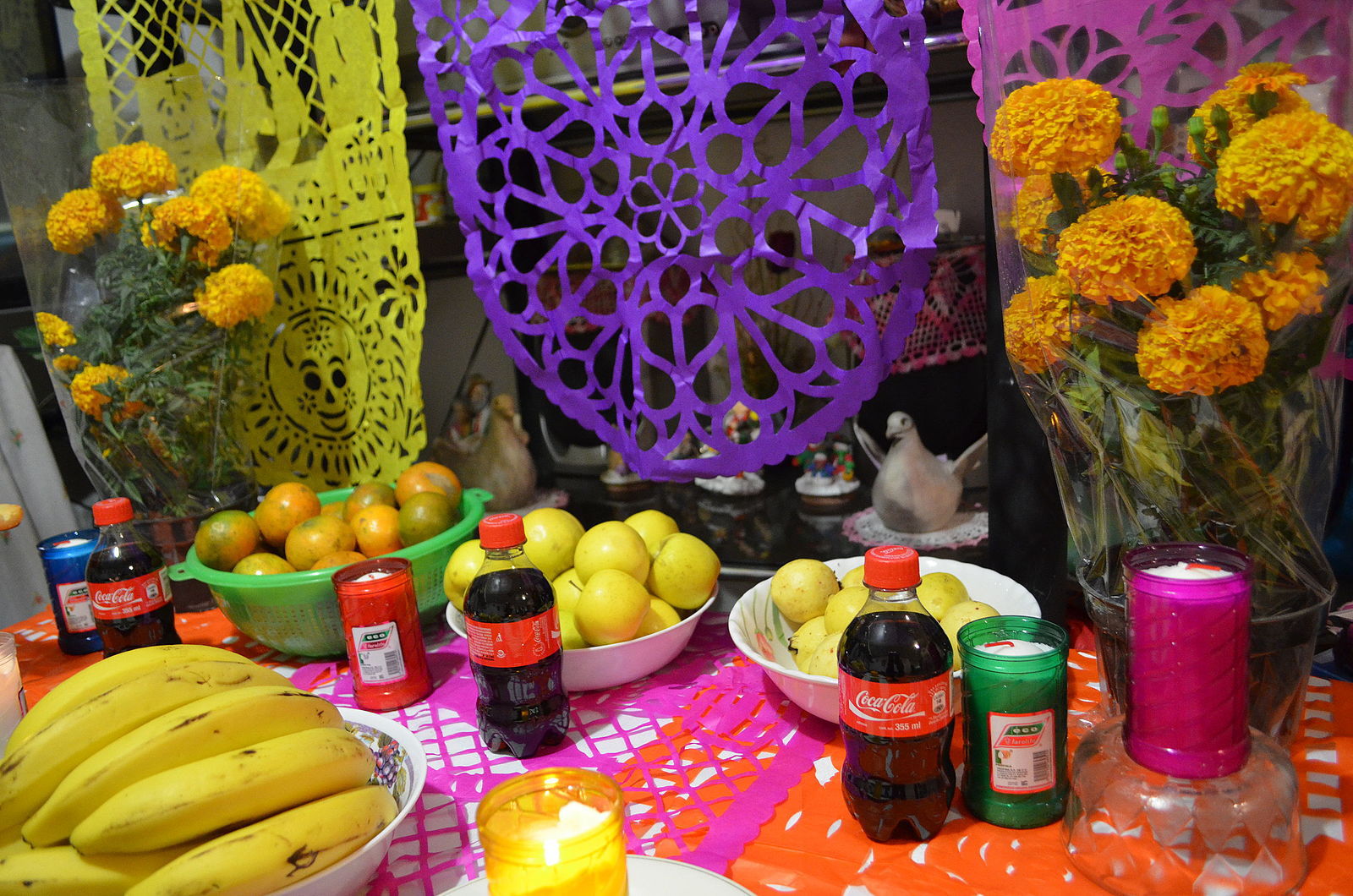

Additionally, most ofrendas will also include pan de muerto and spirited drinks. Though compared to Halloween, this tradition does not come with the element of mischief if no treat is exchanged.Ī Day of the Dead altar is typically covered in edible offerings enjoyed by the deceased person in their previous life. Children dress up in costumes and go door-to-door, asking strangers for a calavarita, which can come in the form of sweets or money. Some calaveras feature inedible adornments, like beads, sequins, and feathers, while others are made to be eaten.Īnother celebratory event that transpires on Day of the Dead is the hunt for a calaverita. These small skulls are exquisitely decorated with motifs like flowers and spiderwebs and often feature names of the dead written in foil or icing on their foreheads. Ofrendas also often feature freshly cut Flor de Muerto, bright orange and yellow marigolds intended to cheer up the dead with their brilliant colors and sweet scent.Ĭolorful skulls made of molded sugar paste (known as calaveras) are another staple of Day of the Dead decor. Made out of Technicolor tissue paper, papel picado (or “chiseled paper “) is a flag-like folk art that evolved from a Pre-Columbian version made out of tree bark, which was used by the Aztecs to compile codices and adorn religious sites. To achieve this, they often dazzle with bright colors and incorporate playful skull motifs. Photo: Stock Photos from Fer Gregory/Shutterstockĭecorations are intended to honor those who have passed in a jubilant way. These altars are dedicated to deceased loved ones and are created to aid them in the afterlife-a concept that has always been central to the holiday. Though the specific traditions and rituals involved with the Day of the Dead vary from region to region, the celebration generally revolves around the creation of an altar, which participants fill with stylized skeletons, food, and other offerings. However, “ Día de los Muertos” is also commonly used to denote the entire three-day fete. November 1-a day known as Día de los Inocentes (“Day of the Innocents”) or Día de los Angelitos (“Day of the Little Angels”)-is reserved for infants and children who have passed away, while October 31 is a day of preparation. Specifically, the term Día de los Muertos traditionally refers to November 2, when deceased adults are commemorated. The celebration occurs annually on October 31, November 1, and November 2, and is held to honor those who have died.

Photo: Stock Photos from Jose de Jesus Churion Del/Shutterstock)ĭía de los Muertos (also known as Día de Muertos) is a Mexican holiday.


 0 kommentar(er)
0 kommentar(er)
